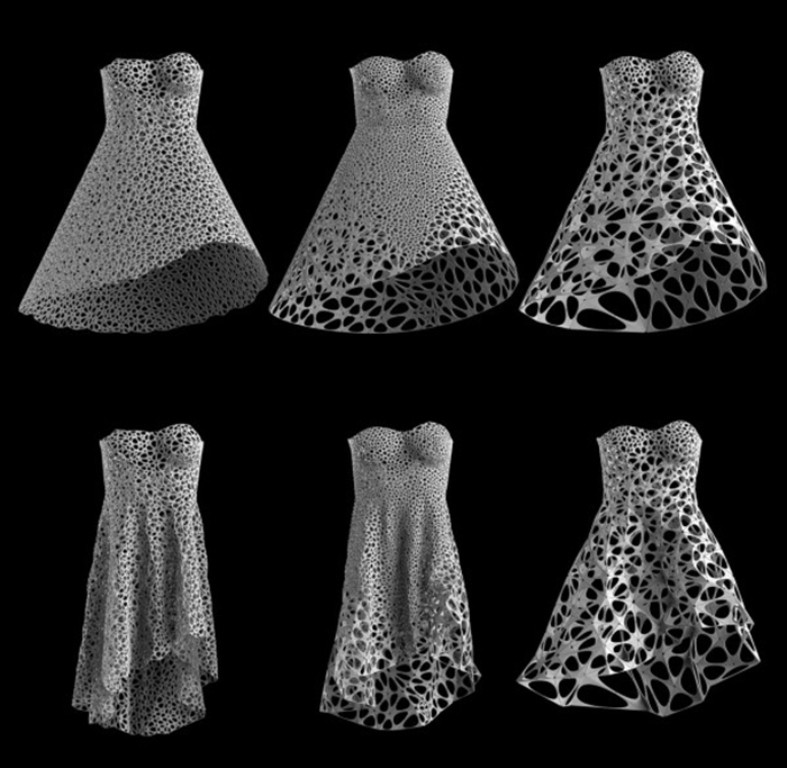

A 2D triangle is made from 3 1D triangles and then you shade in the area.A 1D triangle is made from 2 0D triangles and then you color in an edge.I can say a similar thing about triangles. Then you inject the object with "hypervolume" and now you have a 4D cube.ĭid you notice that you could build a 1D cube using 2 0D cubes, a 2D cube using 4 1D cubes, and a 3D cube using 6 2D cubes, etc? So in general, you can build an n dimensional cube using 2 n cubes of one dimension lower. Only then can you finish gluing pairs of 2D faces together. To finish assembling the boundary in the picture, you have to leave 3D world and enter the fourth dimension.Using the formulas from the last unit, we could say "the number of vertices will be equal to \(\frac=24\) faces. At each vertex we can see that two edges meet up.For short I will say "A 2D square is made up of 4 vertices, 4 edges, and one face.".

Then you shade in the middle with 2D area. Think of 4 edges and 4 vertices, all joined together in a square shape, so it makes a wire square. Now imagine building a square out of 0D and 1D pieces. To start with, we will define a 0D cube to be a single vertex, and we will define a 1D cube to be a line segment (which has a boundary of two vertices). You can approach these points of the object both from outside and inside the object. The boundary of an object are all the points in the object that are adjacent to parts of the object and points that are not in the object.To get started, remember that right before the last exam I had you learn about boundaries of objects. A lot of our work then becomes counting how many of each kind of object there are, and discussing how those building blocks are put together. We're going to think of objects as being built out of lower-dimensional objects as if they were building blocks. For this section, we're going to be taking what's called a combinatorial approach. As a way of proving you learned some things about 4D, I'm asking you to understand two 4D objects a lot: a 4D cube and a 4D triangle (or simplex).


 0 kommentar(er)
0 kommentar(er)
